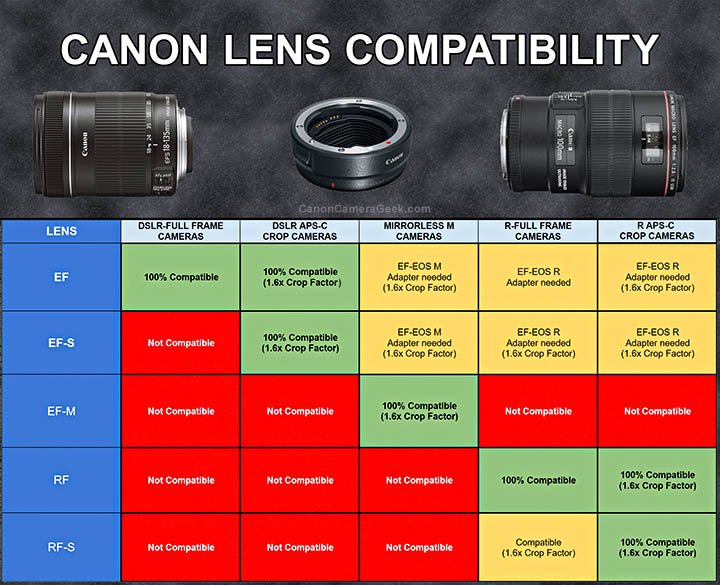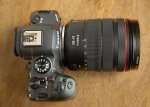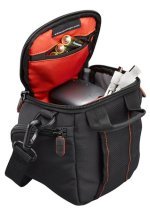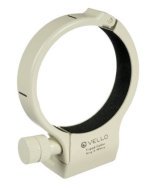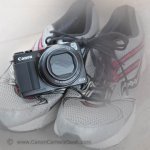Best Canon t3i Lenses
WRITTEN BY: BRUCE LOVELACE
UPDATED: February 1, 2024
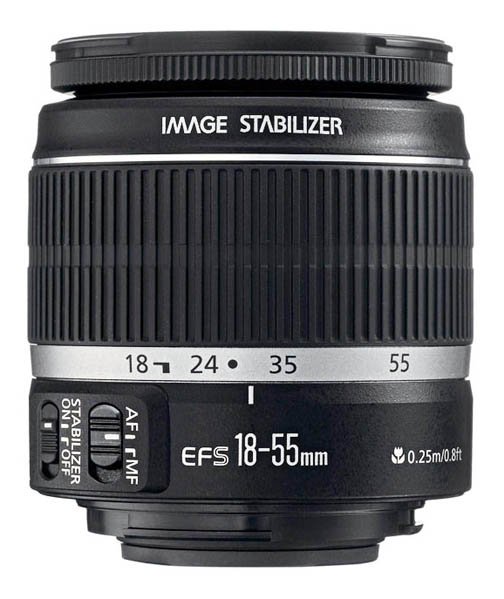 18-55mm Kit Lens
18-55mm Kit LensGood For Beginners
You're wondering what are the best lenses you can use with your Canon T3i.
The Rebel t3i has an APS-C sized sensor. That means you can use any EF or EF-S lens.
Th real question to answer is which one of the hundreds of Canon lenses is best for you in your situation. This post will help you choose. You can save money by limiting your search to the EF-S line of Canon lenses for your t3i and forgo the Canon EF line of lenses.
EF-S lenses are smaller, lighter and more affordable that their bigger sisters, the EF line of lenses. Because t3i cameras have the smaller APS-C sensor, the lens you choose doesn't have to be big enough to cover a full-frame sensor.
If you're considering upgrading to a full-frame Canon body at some point, you should keep an open mind about getting an EF lens for your t3i instead.
Canon t3i Lens Compatibility
What types of lenses are compatible with the Rebel t3i? See the full lens compatibility table below. The column to look at is the 2nd column from the left, DSLR APS-C.
The Canon Rebel t3i camera is fully compatible with EF and EF-S lenses and RF and M lenses will not work with the t3i.
Best Beginner Lens For t3i
EF-S 18-55mm Lens
As an example the Canon EF-S 18-55mm which is the standard kit lens that comes with the Canon t3i. There are several versions of this lens, but a new, most recently released version, the Canon EF-S 18-55mm f/3.5-5.6 is II, sells for just $240.
If you are a total beginning Canon shooter on a tight budget, I recommend you choose a used 18-55mm lens for starting. You can get a pre-owned 18-55mm kit lens super cheap. See the adv. on this page for KEH.
The 18-55mm zoom gives you a modest range of wide-angle to telephoto zoom shooting which will handle a variety of everyday subjects. It's a compact, light lens that's easy to travel with. If you want to photograph more distant subjects, this lens will come up a little short for you.
EF-S 18-135
The Canon EF-S 18-135mm f/3.5-5.6 is lens is my personal favorite "one size fits all" general purpose lens for the t3i. I prefer it's longer zoom range and its compact size.
It's not particularly fast with a variable maximum aperture of f/3.5-5.6, but that's the price you pay for keeping the lens both comact and affordable.
Most Versatile Lens for Rebel T3i
EF-S 18-200mm
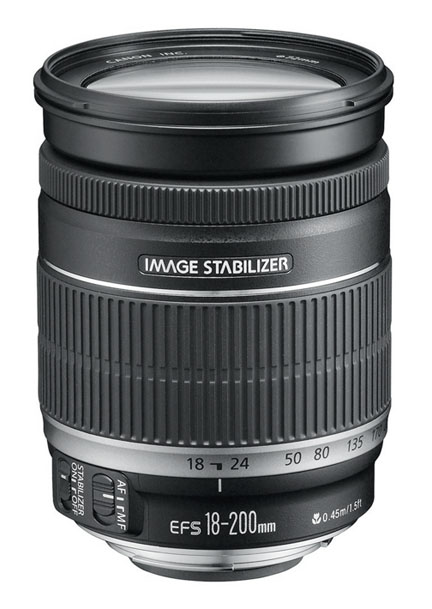 Canon EF-S 18-200mm Lens
Canon EF-S 18-200mm LensIf you had to pick just one single lens for your canon t3i it should be a zoom lens with both adequate wide-angle and telephoto capabilities.
That would point you toward the 18-55, the 18-135, or the 18-200. My own favorite is the Canon EF-S 18-135mm. It's the lens that I leave on my 90D, which has the same size sensor as your Rebel t3i.
I've always been biased against the needed image quality compromises that have to be built into super focal length range lenses like the 18-200, but you may have different preferences than me.
With a 11x range of zoom optics to handle it's quite a challenge for lens designers to engineer such a large zoom range and still have excellent optics.
If you never want to switch lenses on your t3i body, don't mind small compromises in optics, and can handle the big size, the 18-200 would be a good choice. The 18-135 range is a 7x zoom, equivalent to 28- 216 on a full-sized sensor and is a bit smaller to handle than the 18-135.
That leaves you with the one that sellers package with the Rebel t3i the most, the EF-S 18-135m f/3.5-5.6 IS II.
Telephoto Lenses for T3i
EF-S 55-250mm
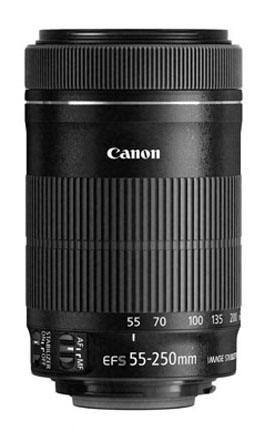 EF-S 55-250MM
EF-S 55-250MMThe Canon EF-S 55-250mm f/4.0-5.6 is II is a very easy lens to carry on your T3i despite its 250mm length. It only weighs a little over 3/4 pound. This is a great choice if you want a lens to pair along with the 18-55mm kit lens
The 55-250 covers a normal to powerful telephoto range and with the kit lens would give you a combined range of 18 to 250mm.
At 250mm, you have a great tool to photograph distant wildlife, birds, sports, and similar hard to reach photographic targets.
You can get remarkably close to a distance of less than a yard to get in close and personal with the appropriate subject.
In my opinion it is absurdly priced on Amazon at on $299.
The image stabilization is rated at three and a half f-stops.
If your slowest steady shutter speed was 1/60 second without image stabilization, then you would be able to get sharp images at 1/6 second. That's crazy. Image stabilization if particularly valuable with long telephoto lenses where even the slightest amount of camera movement is exaggerated.
As an Amazon affiliate Canon Camera Geek receives a small commission from qualifying purchases, at NO added cost to you.
You can get more reviews and opinions here: T3i Lenses On Amazon.Canon EF 70-300mm
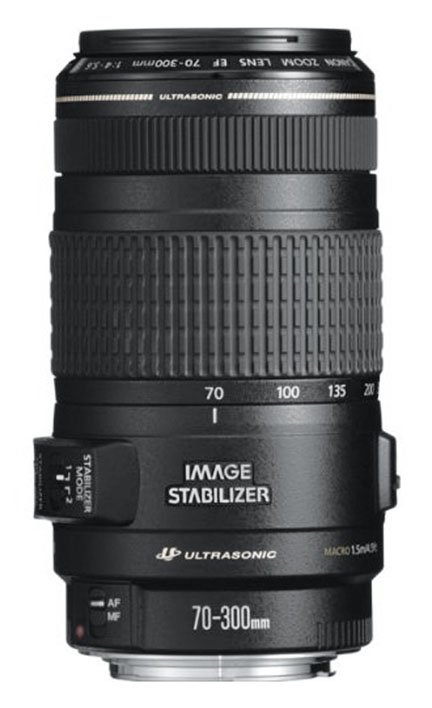 Canon Cameras US EF 70-300
Canon Cameras US EF 70-300is II USM 70-300mm f/4-5.6
The 70-300mm is an affordable EF Lens that will give you the same angle of view as a 110-480mm zoom on a larger full-frame camera.
That kind of power makes it excellent for sports and wildlife photography.
It is not a super fast lens at f4-5.6, The smaller maximum aperture makes it smaller to carry and lighter to use.
The smaller size also means that less "glass" is used during manufacturing and it's not as expensive to build as the heavier, bulkier f2.8 and f2 lenses out there.
One of the nice features with this lens is that is has a lock to prevent the lens from changing its zoom setting when you are moving and it also has IS image stabilization too.
At the time of this writing, this lens is only $400 on Amazon.
Dedicated Canon t3i Lenses for Macro Photography
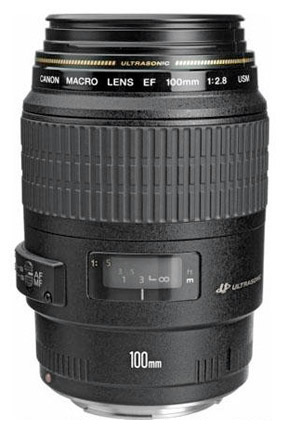 Canon EF 100mm Macro
Canon EF 100mm Macro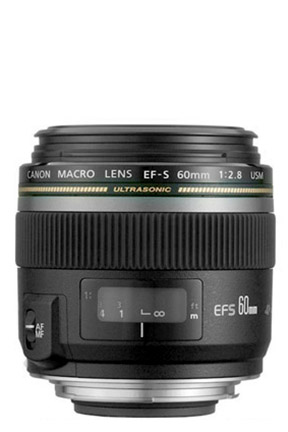 Canon EF-S 60mm Macro
Canon EF-S 60mm MacroAlthough many modern day lenses have "macro" focusing and cameras have macro modes, the closest and highest quality macro photos come from Non-zooming macro lenses.
Both of these Canon macro lenses are extremely highly rated. The 100mm macro lens is an EF lens and the 60mm macro lens is a smaller EF-S lens. I recommend the EF-S 60mm f/2.8 lens for macro photography with your t3i.
You get a good working distance from your subject, it's much easier to handle, and at a cheaper price than the 100mm lens.
Super Wide-angle Lens for T3i
Canon EF-S 10-22mm or EF-S 10-18mm
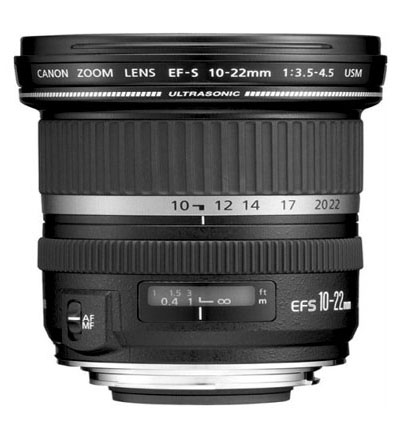
Super-wide angle lenses like the 10-18mm and 10-22mm are just plain fun to work with. They give you the ability to shoot photographs with effects that you otherwise couldn't with a normal lens
Commercial, architectural and landscape photographers often employ the use of super wide-angle lenses.
The 10-22mm lens equates to a 16-35mm zoom on a full frame sensor and gives you images with strong perspectives and all-inclusive views of the world.
I prefer my Canon 10-18mm wide angle because of it's much more affordable price tag and the fact that the 10-18 has image stabilization too.
The other big characteristic of super-wide lenses is the extremely deep depth of field that comes along with using a super wide angle lens setting.
Prime Lenses For t3i
Another question you may be asking yourself is whether you should consider a non-zooming prime lens for your t3i
Prime lenses offer superior image quality and low-light performance, while zooms provide versatility. A prime lens like the EF 50mm f/1.8 STM or EF 85mm f/1.8 USM offers stunning bokeh and low-light performance.
I've enjoyed shooting with both of these primes and their image quality/sharpness is impressive and both excel for doing portrait photography. Additionally, the two macro lenses mentioned earlier are both prime lenses that will give you excellent image quality.
T3i Lens Summary
I hope you found this post on t3i lenses useful.
You're in a great situation if you're searching for lenses for your t3i. You can pick from a large selection, both new and used, and select from both the EF-S and EF lines of Canon lenses.

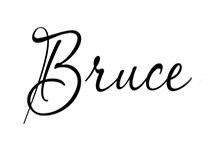
Bruce Lovelace is the publisher of Canon Camera Geek. Read more about him on the About Page. He also publishes how to articles and camera gear reviews at the Photography Tips website.
View some of Bruce's photos on Instagram and Flickr. Join the tribe of followers on YouTube. Bruce also runs photo workshops and provides 1 on 1 digital photography coaching.
Search for articles on this Site:
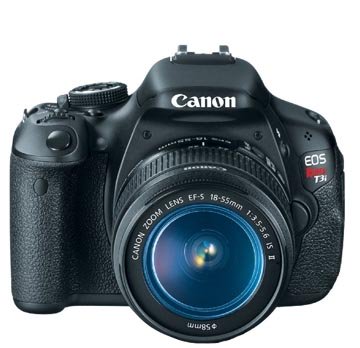 Canon Rebel T3i
Canon Rebel T3iRecent Articles
-
My Review of The 10 Best Canon R6 Mark II Features That Impressed Me
Apr 12, 25 08:51 AM
Beyond the Pixel: Discover the Game-Changing Features That Make the Canon R6 Mark II a Must Have Camera -
Canon RF 24-105 Lens Comparison. Guide To Which One Is Right For You
Apr 07, 25 12:47 PM
Which is the best of the 3 versions of the Canon RF 24-105mm Lens for Canon mirrorless cameras? What's The 24-105 Lens Good For -
3 Better Alternatives to Camera Bags From Canon. Helpful Guide To Bags
Apr 03, 25 11:51 AM
After searching for the top best selling Canon bags, I found 3 better alternatives to camera bags from Canon -
Canon 70-200 2.8 Tripod Collar. Article and Video of The Advantages
Apr 03, 25 11:02 AM
Some call it an optional accessory. I say a canon 70-200 2.8 tripod collar is a necessity when using this lens on a tripod or monopod. -
Running With The G1X Mark II, Acting Like a Kid, You Should Try This
Apr 03, 25 10:31 AM
Ever get a new "toy" and want to just play? I did.Got my new Canon compact camera. Went running with the G1x Mark II
